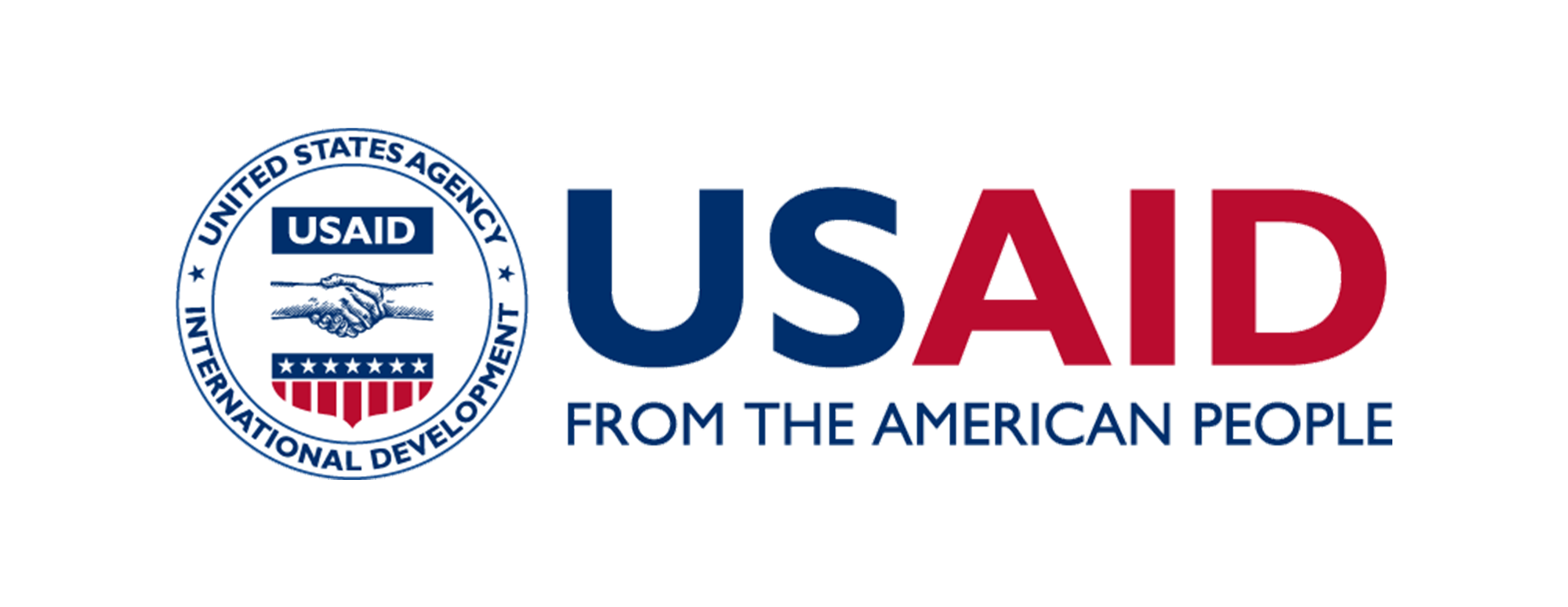Serbian Reform Agenda: Shortcut towards the European Union?
06. Dec 2024.
The Growth Plan for the Western Balkans, a package of measures of the European Union worth 6 billion euros, aims to double the economic growth of the region in the period from 2024 to 2027. Of this total amount, two billion are earmarked as grants, while the remaining four billion will be available through low-interest loans. Serbia can withdraw close to 1.6 billion euros, the largest share of any economy in the region.
Half a year after the presentation of the Growth Plan, in May 2024, the European Commission adopted a regulation defining the development of Reform Agendas as key instruments for implementing this Plan. Reform Agendas are meant to accelerate the process of EU accession, with visible reforms that will strengthen the institutional and economic framework of the region.
World Environment Day: WATER AS A LUXURY
05. Jun 2024.
Under the slogan "Our Land, Our Future. We are #GenerationRestoration," this year's campaign focuses on land restoration, desertification, and drought resilience. Strengthening resistance to increasingly frequent droughts due to climate change, and the importance of preserving wetlands and biodiversity are global imperatives in environmental protection. On the territory of Serbia, the frequency of droughts has increased from 10% between 1961 and 1990 to 50% between 2011 and 2020. Predictions indicate that droughts will occur every year between 2041 to 2060 will experience dry conditions.
Read moreWORLD WETLANDS DAY: CONSERVATION OF RAMSAR AREAS IN SERBIA
02. Feb 2024.
Every year, on February 2, World Wetlands Day is celebrated, dedicated to the protection of these valuable ecosystems. The Ramsar Convention, adopted in 1971 in the Iranian city of Ramsar, aims to preserve internationally important wetlands, especially as habitats for wading birds, which use these areas as rest areas, wintering grounds, and transit stops. Today, more than 170 countries participate in this global initiative.
Read moreHAPPY JANUARY 26 - WORLD ENVIRONMENTAL EDUCATION DAY
26. Jan 2024.
When explaining how important a process or concept is, it's always handy to refer to Nelson Mandela. Among other things, he said: "Education is the most powerful weapon you can use to change the world." Read more
COP28: Historic Agreement or Rotten Compromise?
15. Dec 2023.
Form and essence
Sultan al-Jaber impressively opened the twenty-eighth UN climate summit (COP28) in Dubai, in his capacity as president. The long-awaited loss and damage fund was officially launched on the first day, and developed countries were invited to start investing. Announced last year, after being in the idea phase for 3 decades, it represents financial assistance to the most vulnerable countries from the consequences caused by extreme weather conditions (droughts, storms, etc.) associated with climate change.
THE PUBLIC POLICIES FOR ENVIRONMENTAL PROTECTION IN SERBIA
10. Nov 2023.
According to a widely accepted definition, public policies are everything that the government of a country chooses to do or chooses not to do.[1]Public policy means that this decision is made on behalf of and in the interest of the public, usually initiated and made by the government and implemented by public or private actors. Public policies are decisions that governments make to solve a public problem of significance to society.
Read moreTogether - is Mother Nature’s Way: The Kunming-Montreal Global Biodiversity Celebration
22. May 2023.
Welcome to the biodiversity party!
Hey there, fellow nature lovers! It’s 22. May - the International Day for Biological Diversity. Do you know what's the coolest biodiversity party in the world? It's the Kunming-Montreal Global Biodiversity Framework - or the “Paris Agreement for Nature”. Now, we know it might sound like a mouthful, but trust us, this is a big deal for our planet and all the amazing creatures that call it home. So, put on your dancing shoes, grab your friends, and let's dive into this biodiversity bash in layman's terms!
Read more